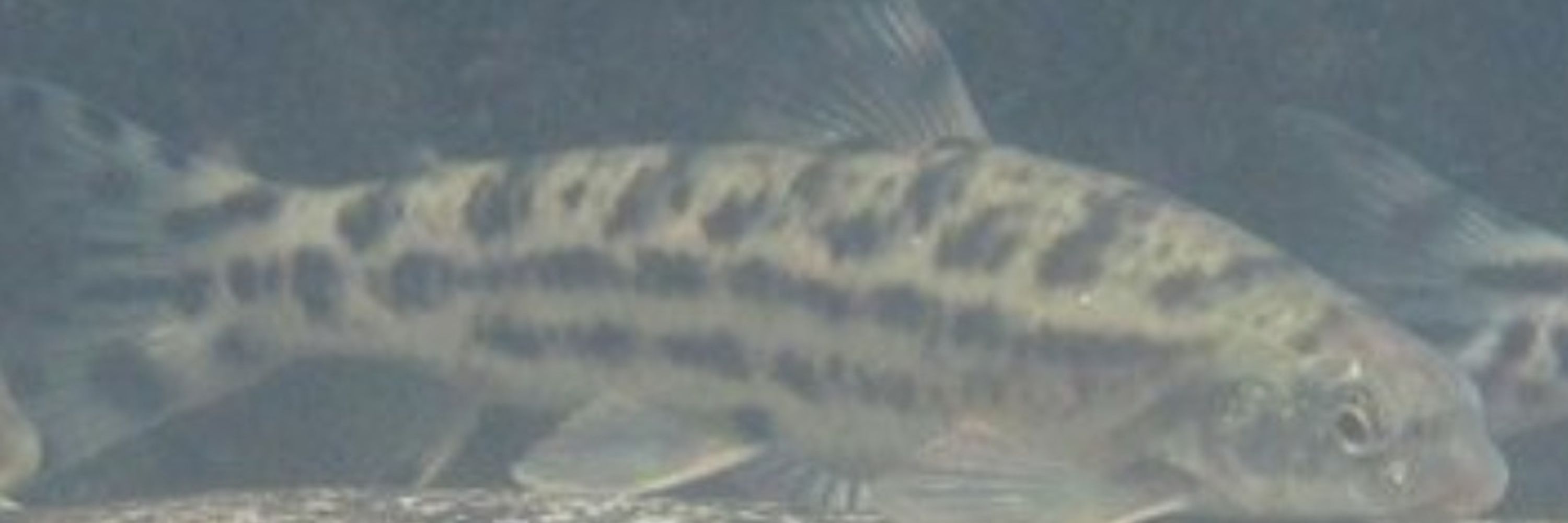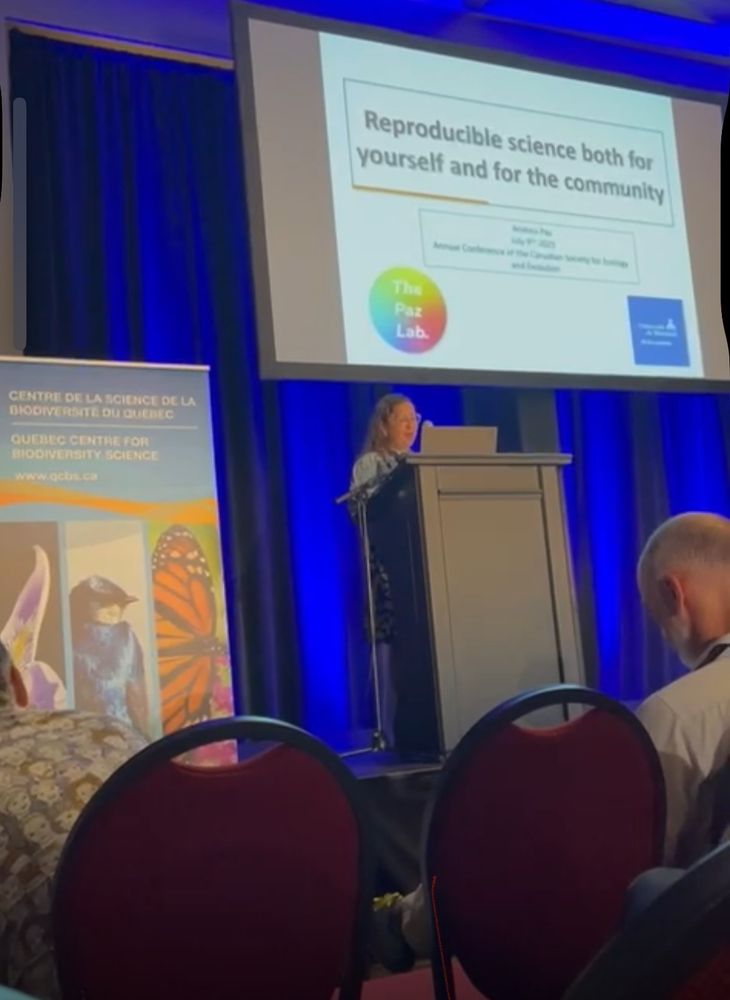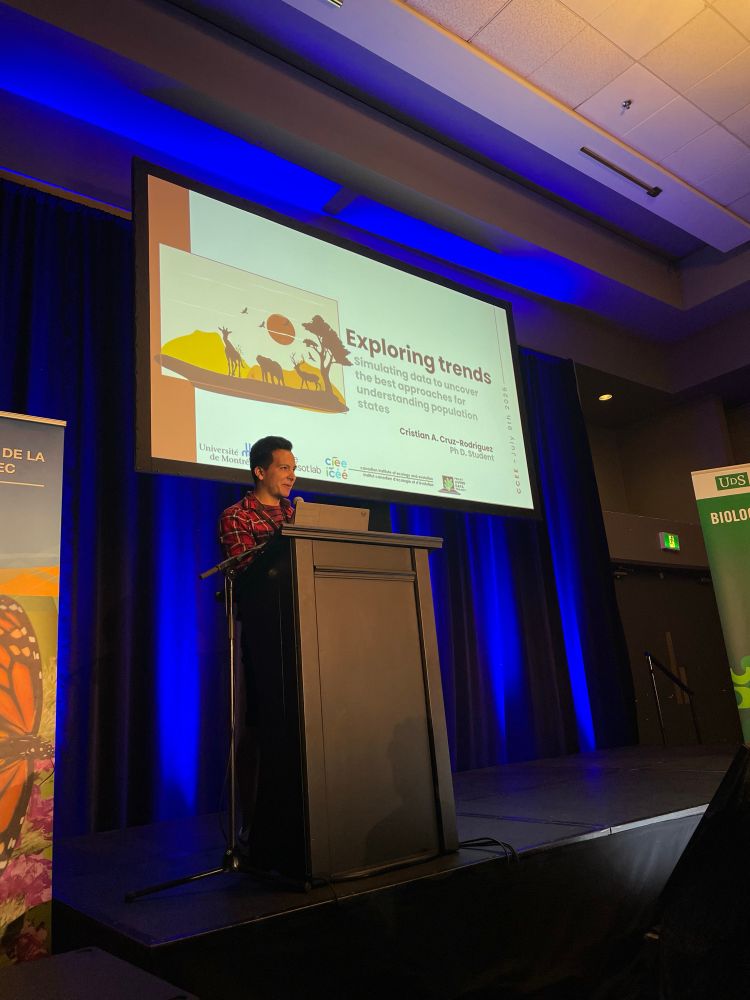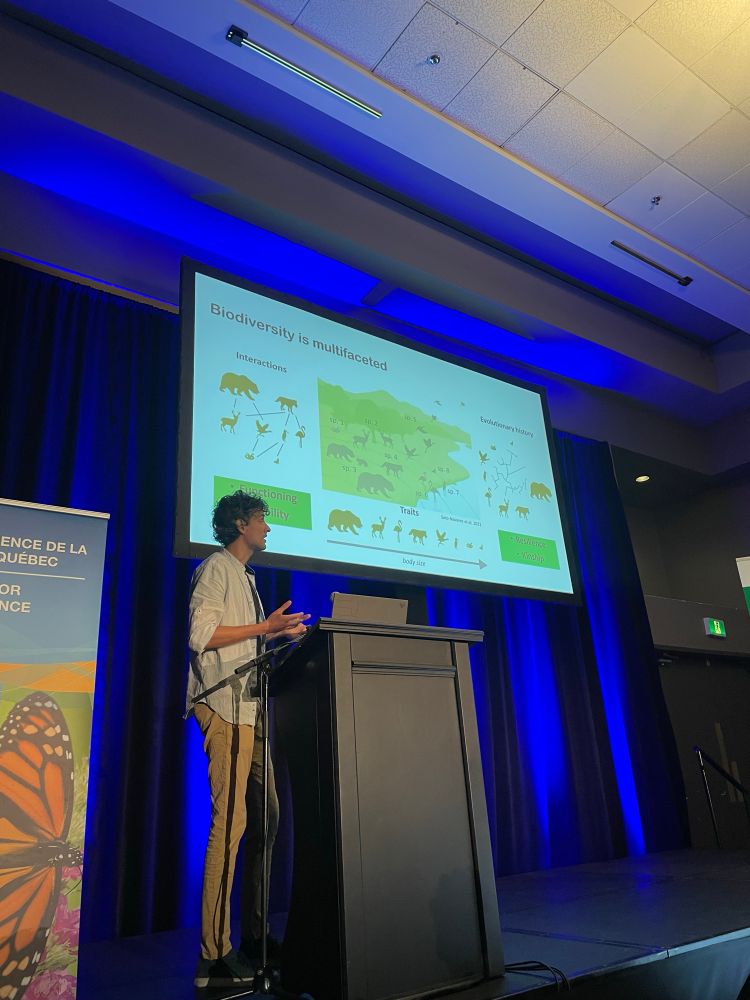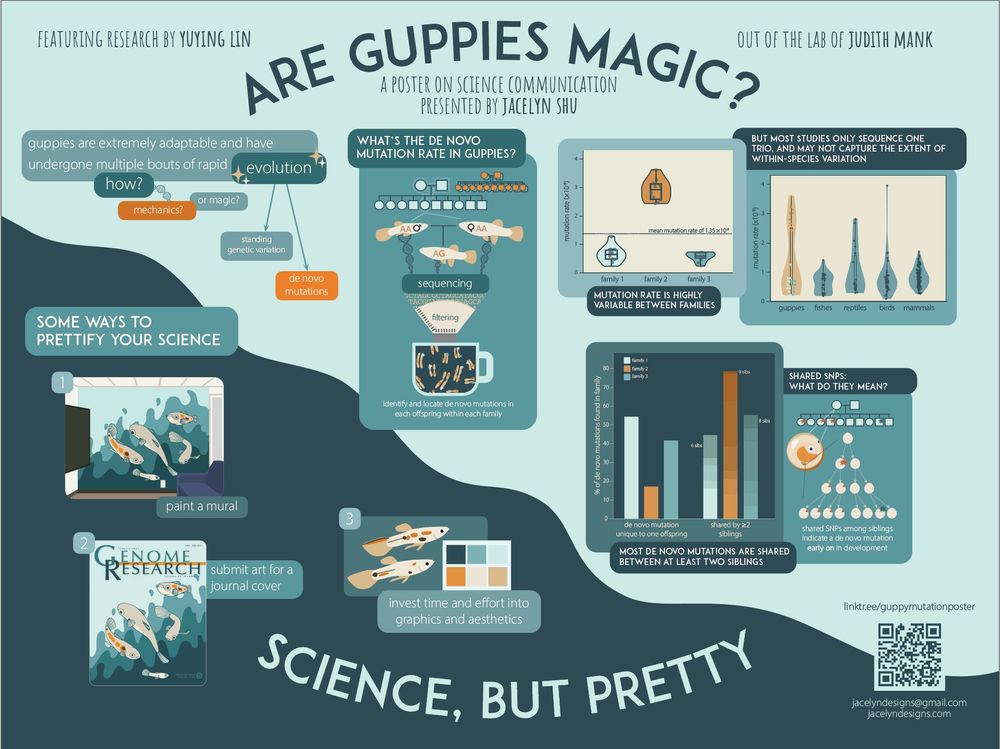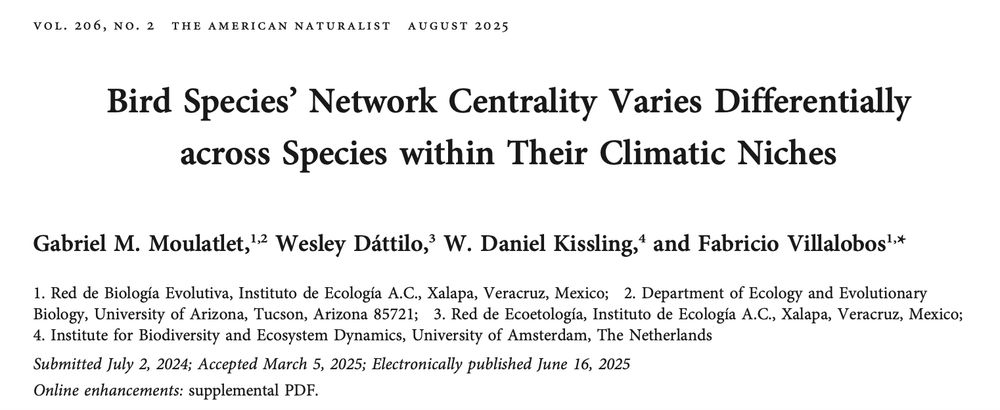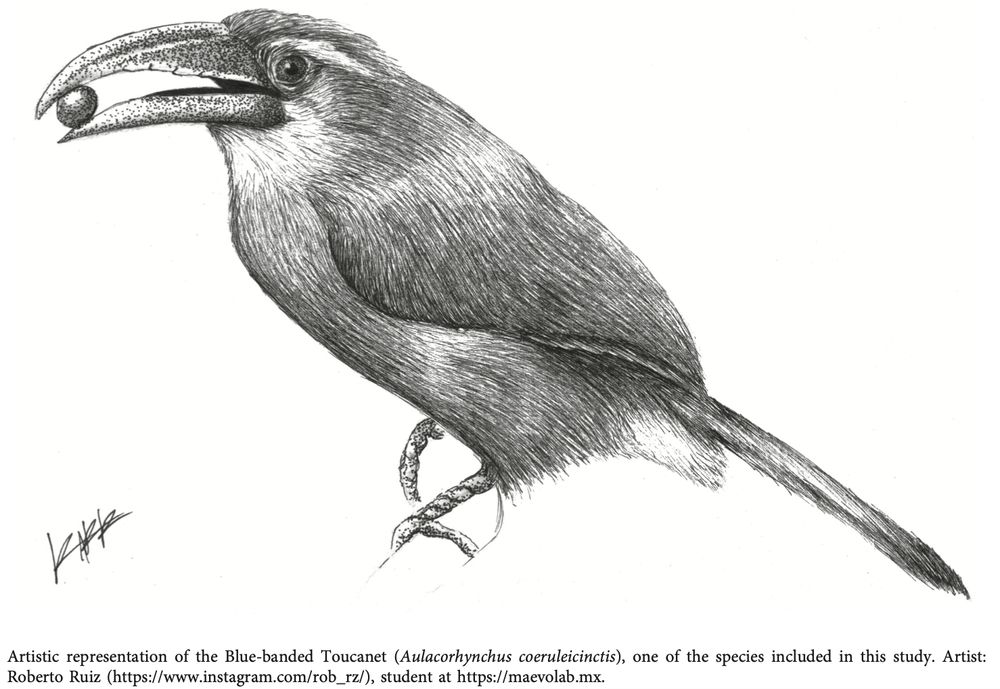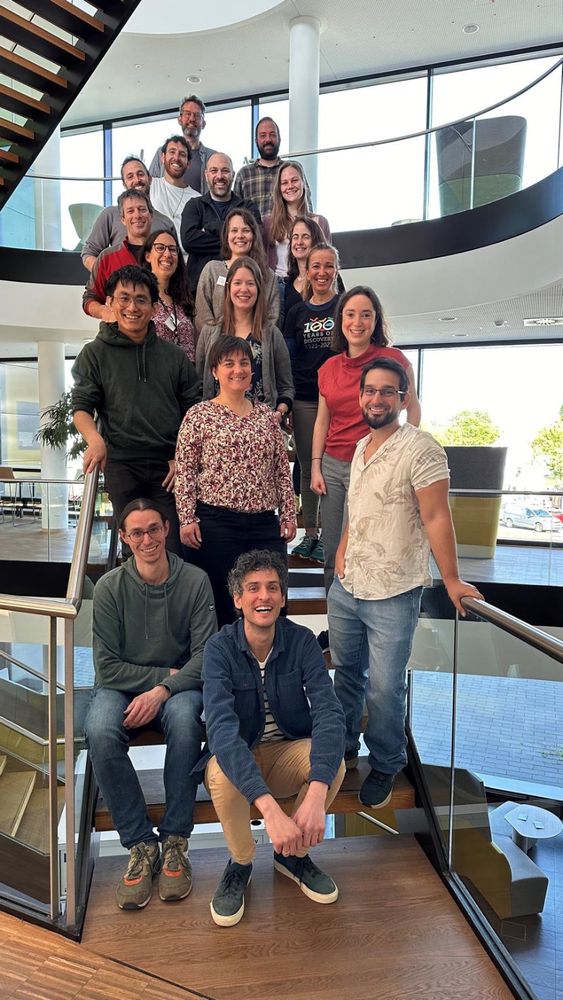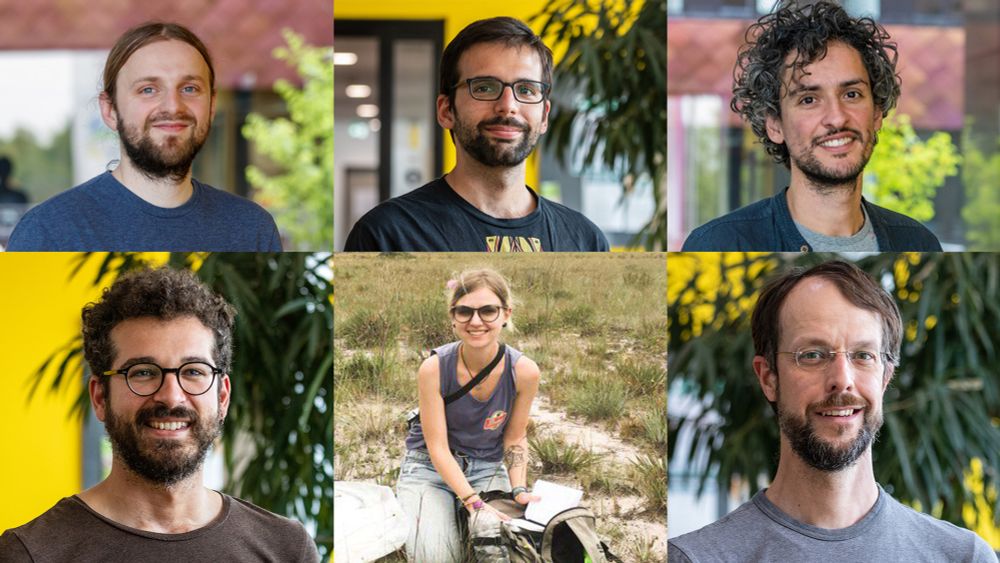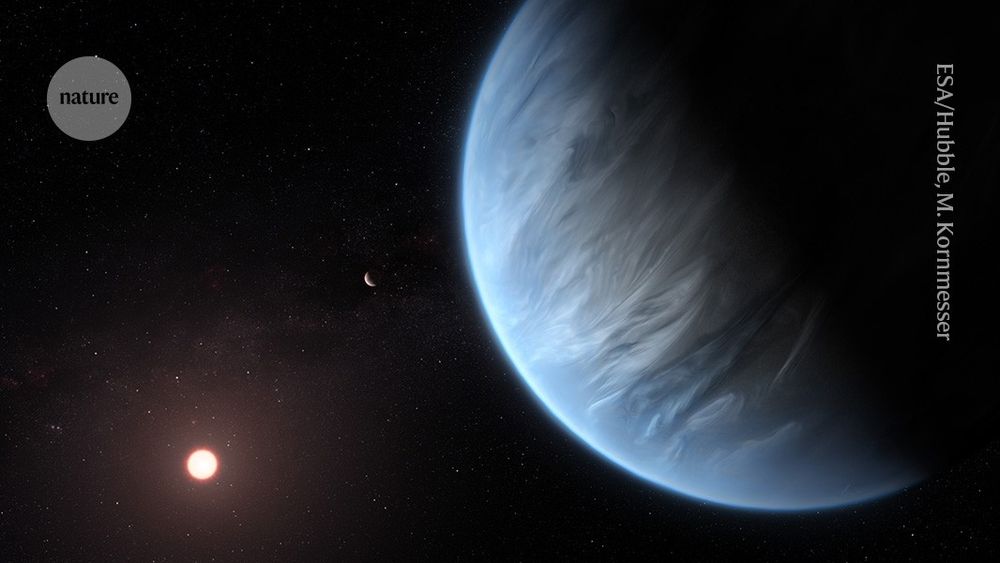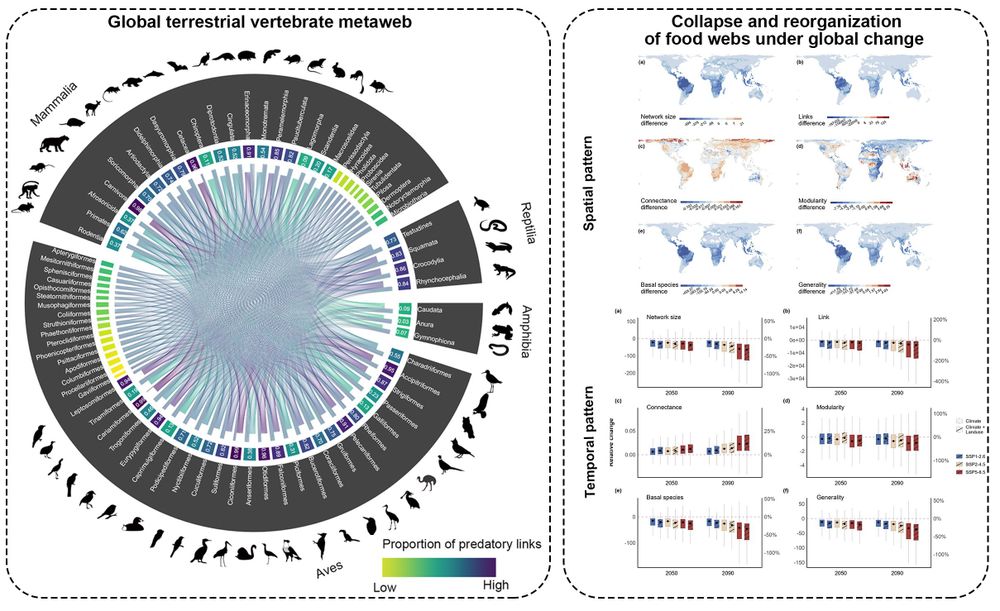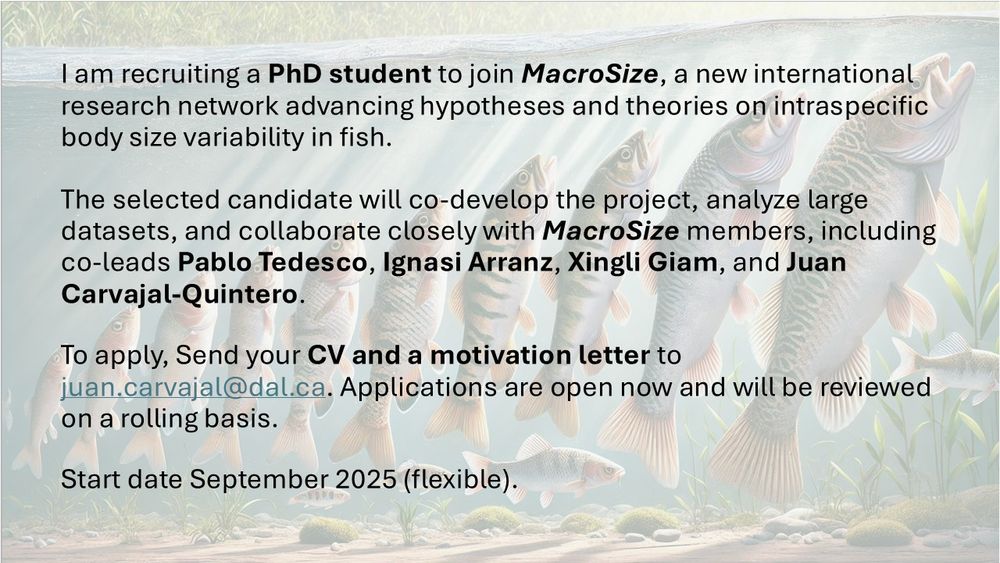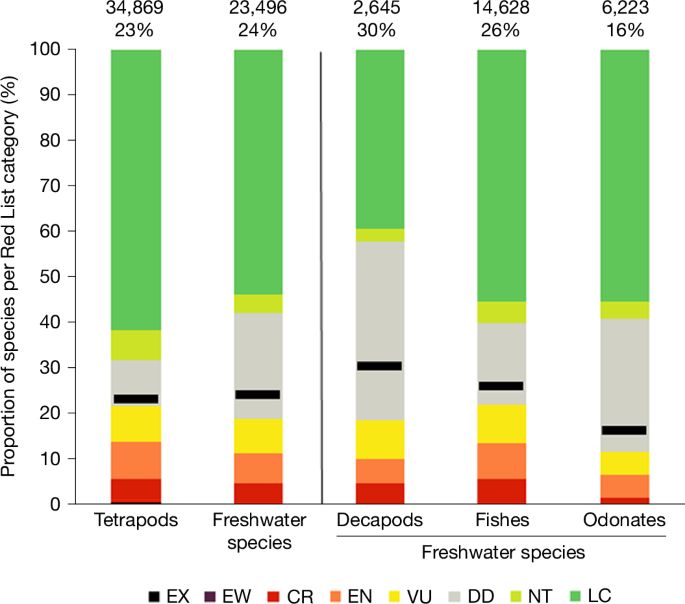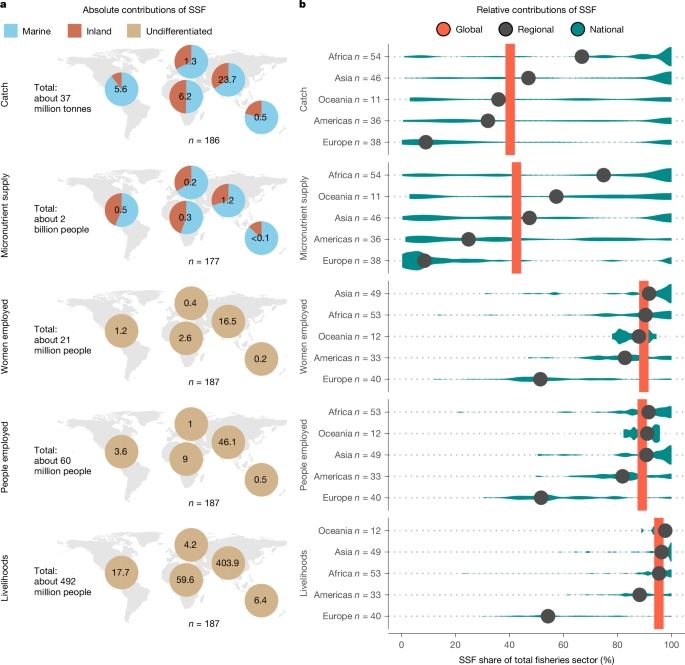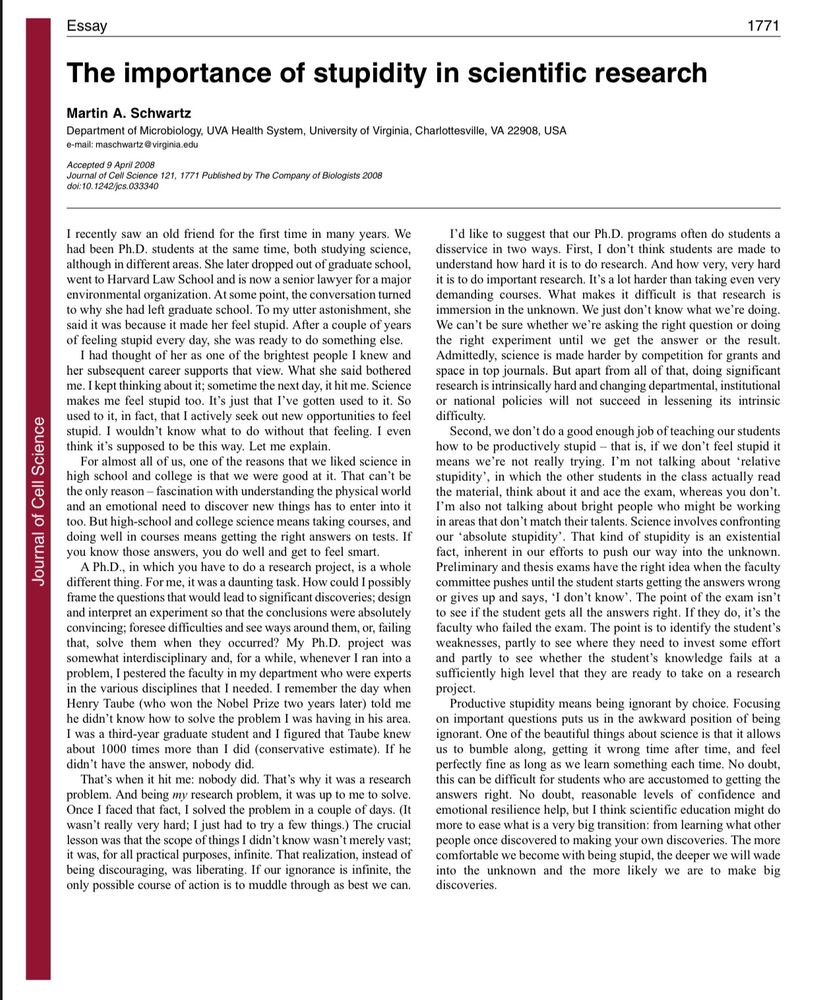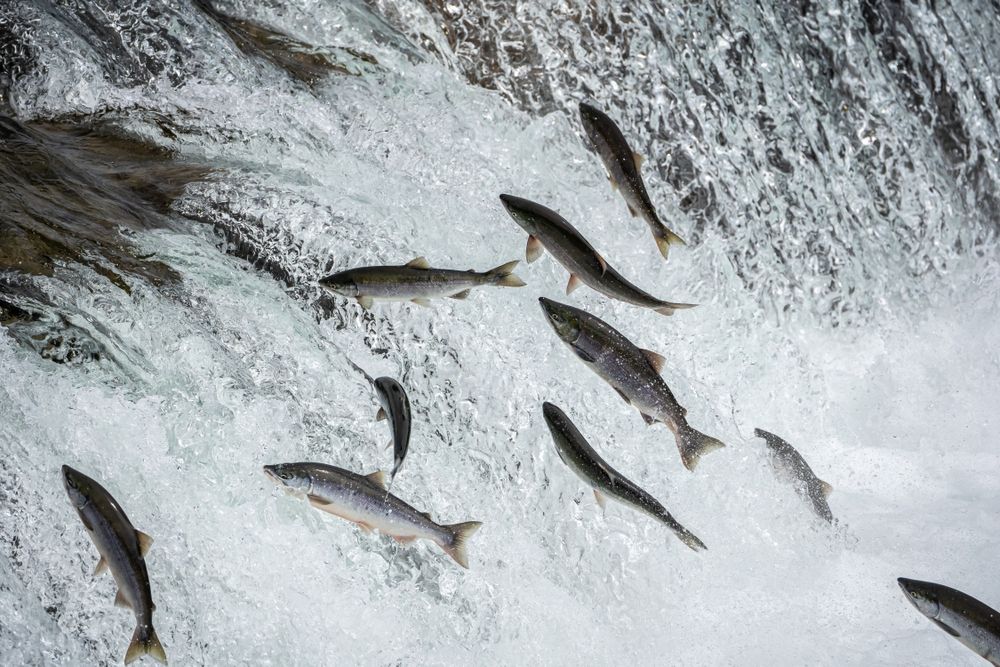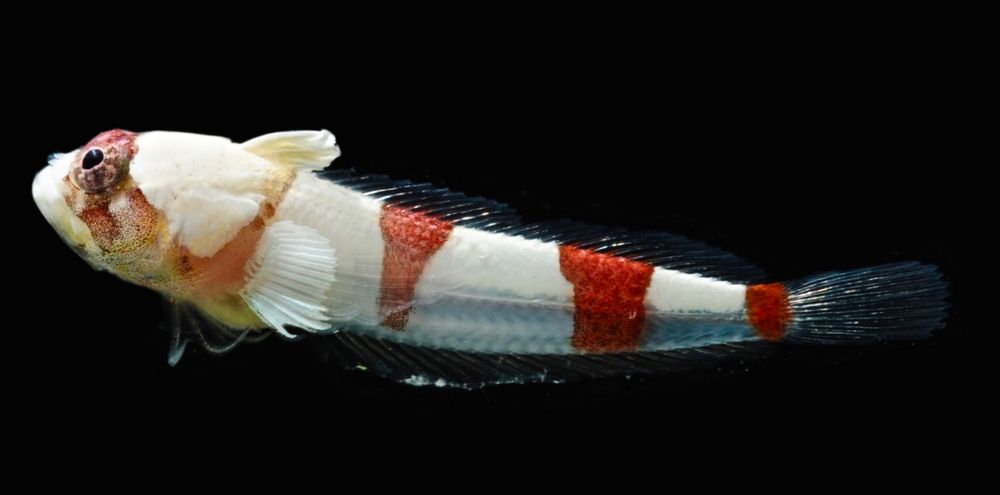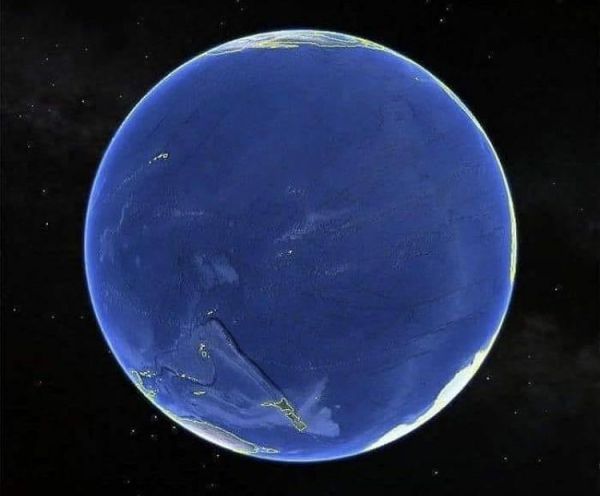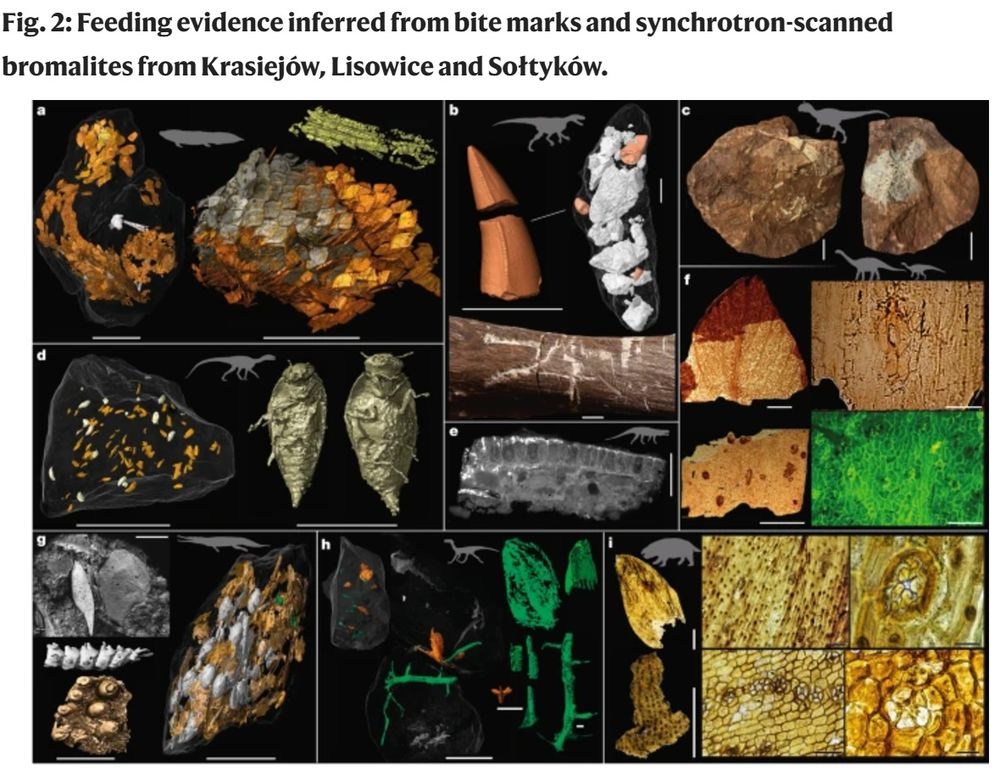Juan Carvajal-Quintero
@juancarvq.bsky.social
1.2K followers
510 following
12 posts
Assistant Professor @Dalhousie - Macroecology, Biogeography, Conservation, Aquatic Ecology 🛀, Fish!!!🐟🐠🐡🦈
https://juanchocarvajal.weebly.com/
Posts
Media
Videos
Starter Packs
Reposted by Juan Carvajal-Quintero
Reposted by Juan Carvajal-Quintero
Reposted by Juan Carvajal-Quintero
Reposted by Juan Carvajal-Quintero
Reposted by Juan Carvajal-Quintero
Reposted by Juan Carvajal-Quintero
Reposted by Juan Carvajal-Quintero
Reposted by Juan Carvajal-Quintero
Reposted by Juan Carvajal-Quintero
Reposted by Juan Carvajal-Quintero
Reposted by Juan Carvajal-Quintero
Reposted by Juan Carvajal-Quintero
Julian Cribb
@juliancribb.bsky.social
· Jan 11
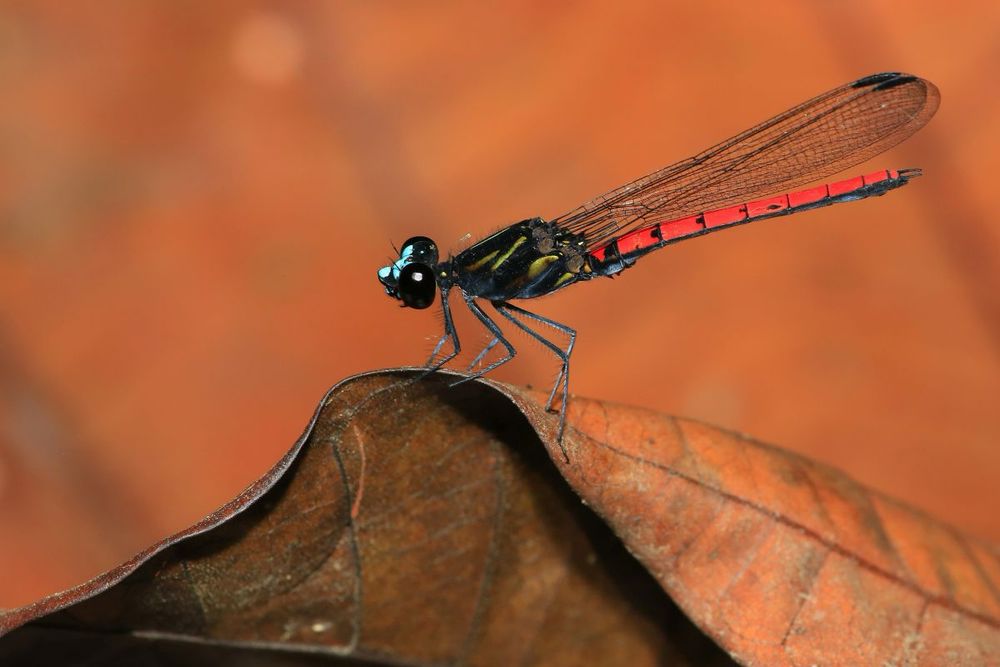
One quarter of freshwater animals at risk of extinction - IUCN Red List
Gland, Switzerland, 8 January 2025 (IUCN) – The largest global assessment of freshwater animals on the IUCN Red List of Threatened Species™ to date has revealed that 24% of the world’s freshwater fish...
iucn.org
Reposted by Juan Carvajal-Quintero
Reposted by Juan Carvajal-Quintero
Reposted by Juan Carvajal-Quintero
Reposted by Juan Carvajal-Quintero
Bathsheba Demuth
@brdemuth.bsky.social
· Dec 14
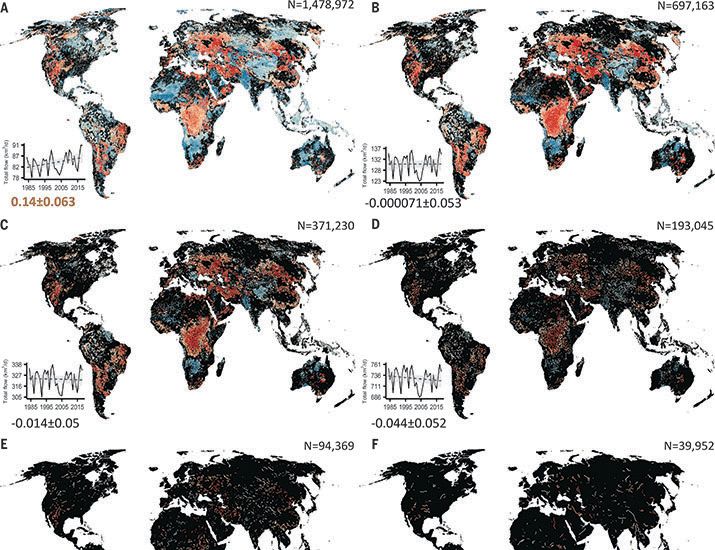
More flow upstream and less flow downstream: The changing form and function of global rivers
We mapped daily streamflow from 1984 to 2018 in approximately 2.9 million rivers to assess recent changes to global river systems. We found that river outlets were dominated by significant decreases i...
www.science.org
Reposted by Juan Carvajal-Quintero
Reposted by Juan Carvajal-Quintero
Reposted by Juan Carvajal-Quintero
